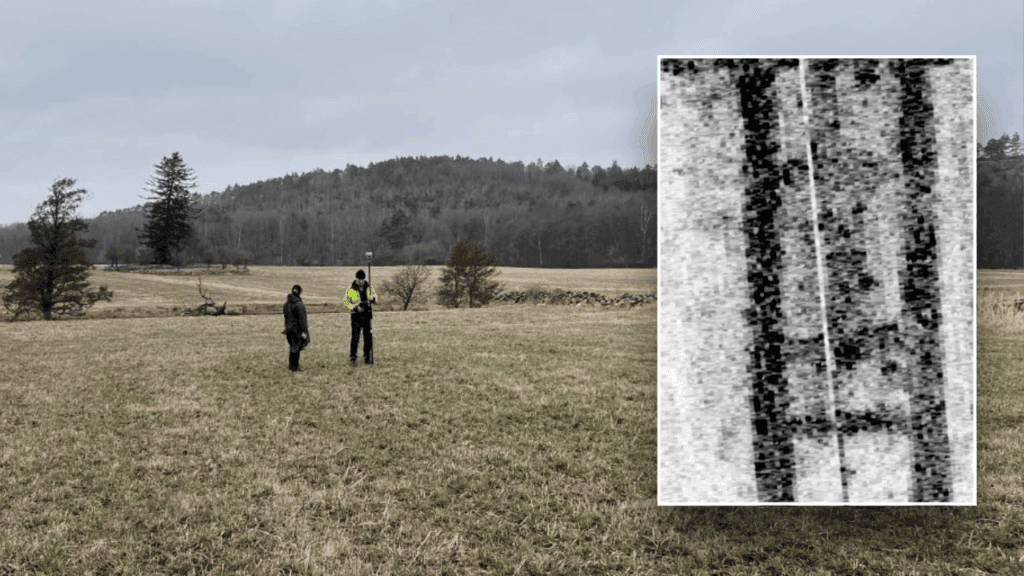History enthusiasts using metal detectors have recently aided archaeologists in discovering the ruins of medieval monasteries in Delom, southwestern Sweden. The archaeological organization Arkeologerna confirmed these findings, which stemmed from hobbyist Göran Bengtsson’s examination of 18th-century maps. Bengtsson identified a peculiar rectangle marked as “Klosterkullen” or “Monastery Hill.”
After his tip, archaeologists employed ground-penetrating radar (GPR) to investigate, revealing clearly defined walls of the possible monastery, with archaeologist Bente Westergaard noting the uniqueness of the find. Weather conditions also played a role, as dry ground allowed for the visibility of crop marks indicative of buried structures.
The ruins include a wall approximately 6.5 feet thick and other foundational elements, potentially related to the eastern wings and dormitories of the monastery. Experts suggest this site might be linked to Auz Abbey, a Cistercian monastery from the late 1100s that was relocated in the 13th century.
Further research is planned to confirm the site’s significance. Sweden has seen numerous historical discoveries recently, including 12th-century tombs and Viking artifacts.
Source link


